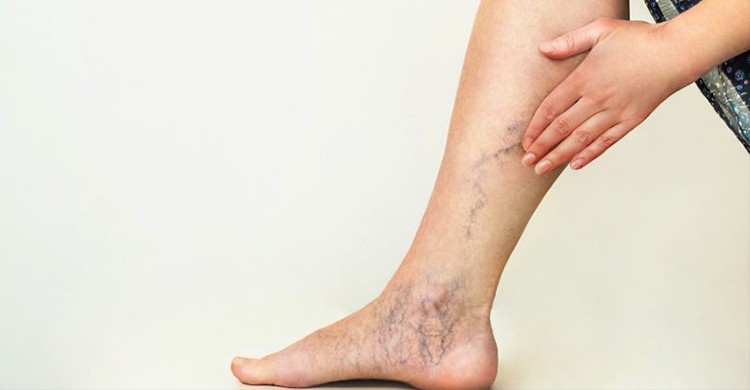
Your veins grow, widen, and overfill with blood to become varicose veins, also known as varicosities. Varicose veins can develop in any superficial (near the skin's surface) vein. Varicose veins often have a bluish-purple or red tone and an elevated, bloated appearance. They hurt a lot sometimes.
Weak or broken valves can cause varicose veins. Blood is transported throughout the body through arteries from the heart. Blood is returned to the heart through veins from the rest of the body. When veins aren't working properly, varicose veins develop. One-way valves in veins stop blood from flowing backward.
Blood builds up in the veins rather than flow back toward the heart when these valves malfunction. The veins then grow. Legs are commonly affected by varicose veins. Gravity makes it more strenuous for the blood to go higher since those veins are the furthest from your heart. Factors like pregnancy, menopause, aging, obesity, family history, etc., can also increase the risk of varicose veins.
The standard symptoms of varicose veins:
The likelihood of developing varicose veins may be decreased by increasing blood flow and muscular tone. The same steps used to relieve varicose vein pain can also be used to avoid them. Try these things:
Exercise, lifting the legs when sitting or lying down, and using compression stockings are examples of self-care measures that can help reduce varicose vein pain and possibly stop them from worsening.
Your doctor could suggest wearing certain compression stockings or socks. These exert enough pressure on your legs to facilitate easier blood flow to your heart. They lessen edema as well.
If the above-mentioned non-surgical treatments don't work, your doctor might suggest surgery. Some of the surgical procedures for varicose veins are:
Strong light pulses from laser therapy cause the vein to deteriorate and vanish slowly. Cuts or needles are not required.
A medical professional injects a solution or foam into the varicose veins to scar and shut them. The treated varicose veins should disappear in a few weeks.
It uses a scope to block the vein.